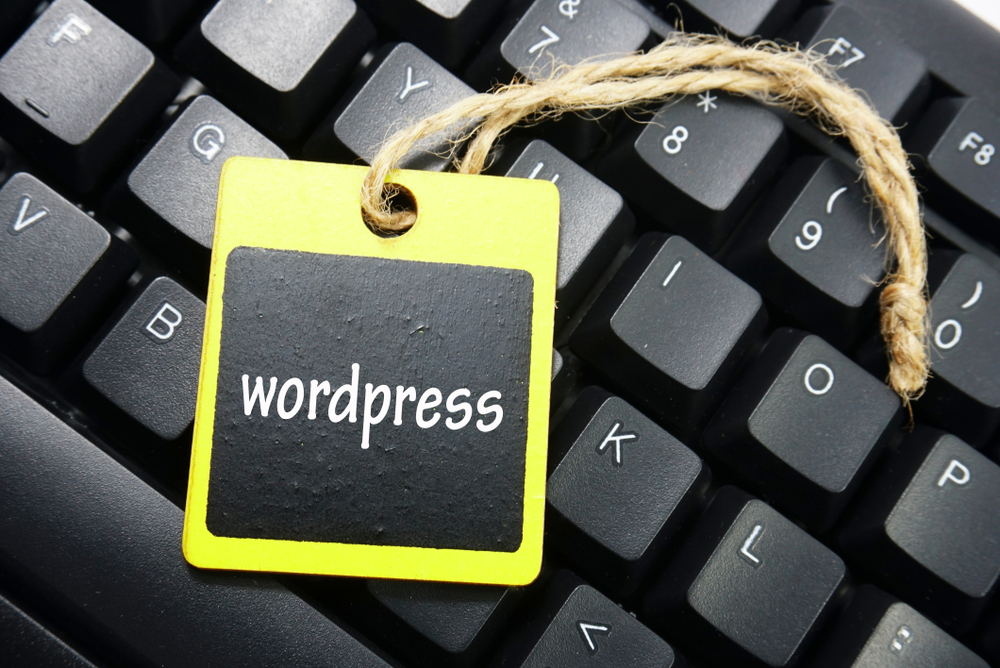
In today's digital age, having a strong online presence is crucial for businesses and individuals alike. One of the most popular platforms for creating and managing websites is WordPress. WordPress is a versatile content management system that offers a wide range of customization options and requires regular maintenance to ensure optimal performance. In this article, we will explore some expert tips and tricks for mastering WordPress , from customization to maintenance.
Customization Tips:
1. Choose a Responsive Theme: One of the key factors in creating a successful website is choosing the right theme. A responsive theme ensures that your website looks great on various devices and screen sizes, enhancing the user experience. Many WordPress (WP) themes offer customization options to make your website unique and visually appealing.
2. Utilize Custom CSS: If you want to take your customization to the next level, consider using custom CSS. CSS (Cascading Style Sheets) allows you to modify the appearance of your website beyond the options provided by the theme. You can make changes to fonts, colors, layout, and much more.
3. Install Essential Plugins: WordPress (or WP) offers a vast library of plugins that extend its functionality. To enhance your website's customization capabilities, install essential plugins like "Elementor" or "Visual Composer." These plugins provide drag-and-drop interfaces that allow you to create complex layouts without any coding knowledge.
4. Customize Navigation Menus: Navigation menus are crucial for guiding users through your website. WordPress (the blogging platform) allows you to customize menus by adding, removing, and rearranging items. You can create multiple menus and assign them to different areas of your website, such as the header, footer, or sidebar.
5. Use Widgets: Widgets are small blocks of content that can be placed in different areas of your website, such as sidebars or footers. WordPress (the platform for bloggers) offers a variety of default widgets, such as a search bar, recent posts, or social media icons. Additionally, many plugins provide their own widgets, giving you even more customization options.
Maintenance Tips:
1. Regularly Update WordPress Core and Plugins: One of the most crucial aspects of maintaining a WordPress website is keeping the core software and plugins up to date. Updates often include bug fixes, security patches, and new features. You can easily update WordPress and plugins from the admin dashboard by clicking on the "Updates" section.
2. Backup Your Website: Regularly backing up your website is essential to ensure that you can restore it in case of any unforeseen events, such as a server crash or hacking attempt. WordPress offers various backup solutions, both free and paid. Consider using plugins like "UpdraftPlus" or "BackupBuddy" for automated backups.
3. Optimize Images: Large image files can slow down your website's loading speed, negatively impacting the user experience. By optimizing your images, you can reduce their file size without compromising quality. WordPress plugins, such as "Smush" or "EWWW Image Optimizer," can automatically compress and optimize images as you upload them.
4. Clean Up Unused Plugins and Themes: Over time, your website may accumulate unused plugins and themes, which can significantly impact its performance. It's important to regularly review and delete any unnecessary plugins and themes. Removing unused files reduces the risk of vulnerabilities and improves loading times.
5. Monitor Website Security: WordPress is a popular target for hackers, making website security a top priority. Use security plugins like "Sucuri" or "Wordfence" to monitor for any suspicious activity, enable two-factor authentication for admin accounts, and regularly change your passwords. Additionally, consider using a reliable web host that offers advanced security features.
Frequently Asked Questions:
Q1: Can I switch themes without losing my content?
A1: Yes, you can switch themes without losing any content. However, the new theme may require some adjustments to maintain the website's appearance and functionality.
Q2: How can I improve my website's loading speed?
A2: There are several ways to improve loading speed, including using a lightweight theme, optimizing images, enabling caching, and using a content delivery network (CDN).
Q3: Is it possible to have multiple languages on my WordPress website?
A3: Yes, you can have a multilingual website using plugins like "WPML" or "Polylang." These plugins allow you to translate your content and provide language switchers.
Q4: How often should I update my plugins and WordPress core?
A4: It is recommended to update plugins and the WordPress core as soon as updates are available. Regular updates ensure that your website remains secure and up to date.
Q5: Can I add an online store to my WordPress website?
A5: Absolutely! By using the popular WooCommerce plugin, you can easily add a fully functional online store to your WordPress website.
In conclusion, mastering WordPress requires a combination of customization and regular maintenance. By following these expert tips and tricks, you can create a visually appealing and functional website while ensuring its security and performance. Remember to stay up to date with the latest WordPress updates, utilize plugins for customization, and take necessary precautions for website maintenance. With dedication and continuous learning, you can unlock the full potential of WordPress.
Other useful resources
- https://www.wordpress24plus.com/topics/wordpress-tips-and-tricks/
- https://en.wikipedia.org/wiki/Blog
- https://www.wordpress24plus.com/services/wordpress-development/
- https://en.wikipedia.org/wiki/WordPress